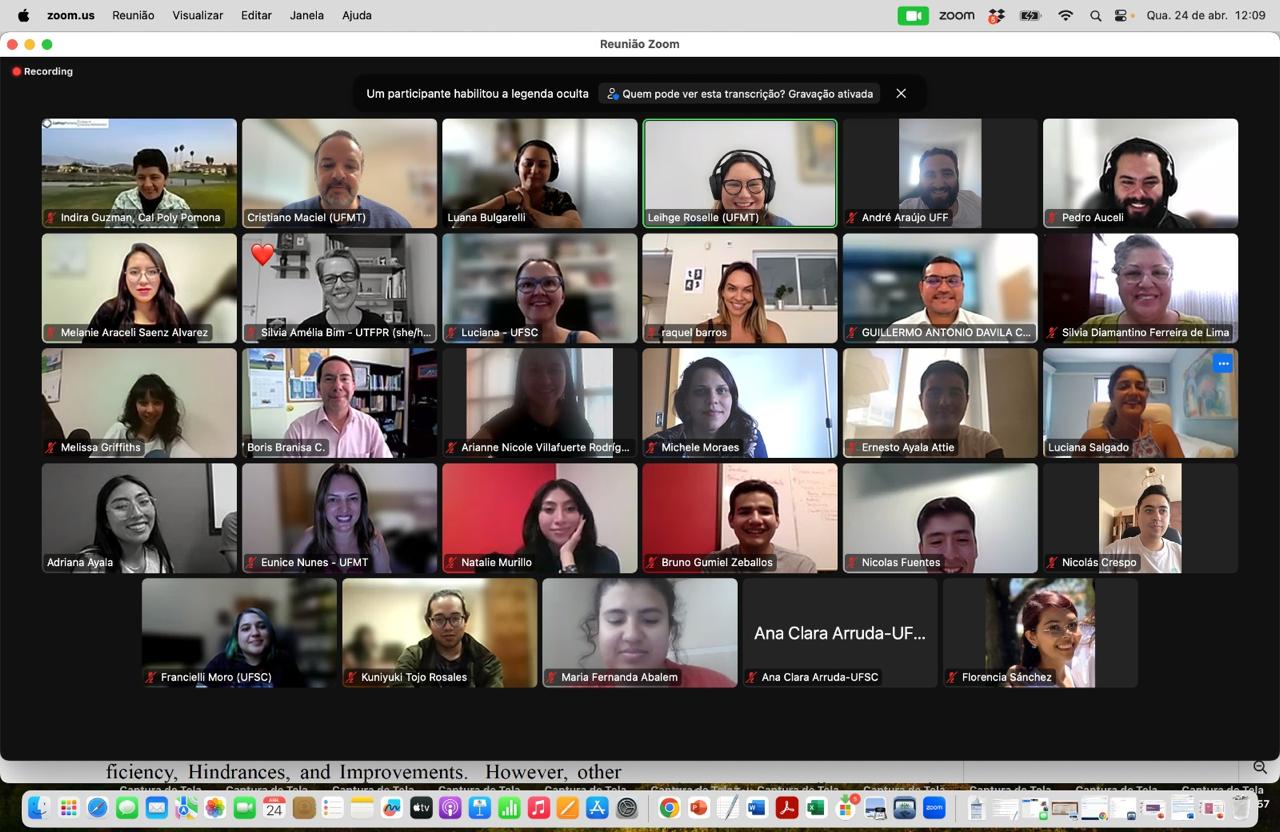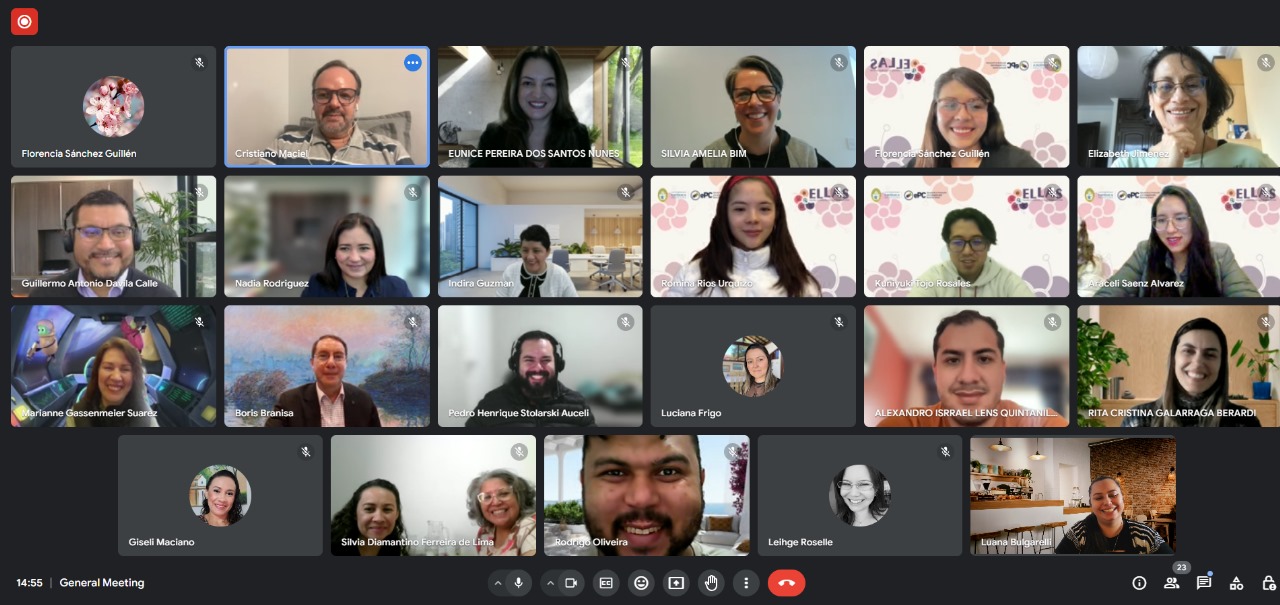Latin American Open Data for Gender Equality Policies Focusing on Leadership in STEM
The existence of recent and reliable data may be partially responsible for gender equity in Science, Technology, Engineering, and Mathematics (STEM) in Latin America. The project aims to contribute to the generation of comparable data across countries to assess policies and interventions to reduce the gender gap in STEM, especially by increasing the number of women leaders in universities, industries, and public institutions.
The project team has been mapping the factors influencing women’s career development in STEM, documenting and analyzing initiatives to increase female participation in STEM fields, and identifying lessons learned. An open data infrastructure is being used to map the information and build a platform to enhance collaboration among the education, government, and industry sectors seeking to reduce STEM gender gaps in Latin America.
The platform will initially be available in three languages (Portuguese, Spanish, and English), starting with the three countries participating in the consortium – Bolivia, Brazil, and Peru – with a view to future expansion to other countries in the Latin American region and beyond.
The project logo
The logo was designed at the invitation of the project coordinator, Prof. Dr. Cristiano Maciel, by the Brazilian architect and urban planner Miriã Barros, who worked for many years as a graphic designer.
The flower in the logo represents the sensitivity, creativity, and delicacy of the feminine. It is formed by 4 petals symbolizing the four areas of STEM: Science, Technology, Engineering, and Mathematics. The last petal represents the ELLAS project, completing the flower.
In the Science petal, there is an atom. In the Technology petal, there is a computer. In the Engineering petal, there is a gear, and finally, in the Mathematics petal, there is the symbol of the Greek letter Pi.
The three stamens of the flower represent internet connections and data. In the center of the flower, where the ovule is located, the symbol of the feminine is placed in contrast to the blue, which is stereotypically associated with the masculine.
Regarding the color palette, five colors were chosen: orange symbolizes creativity; variations of pink symbolize sensitivity; purple symbolizes innovation and transformation, and blue symbolizes technology.
Project Funding Organization: International Development Research Centre
As part of Canada’s foreign affairs and development efforts, the International Development Research Centre (IDRC) advocates for and funds research and innovation in developing regions to drive global change.
The IDRC invests in high-quality research in developing countries, sharing knowledge with a research team and policymakers for greater acceptance and use, mobilizing our global partnerships to build a more sustainable and inclusive world.
The IDRC was established by an Act of the Parliament of Canada in 1970 with the aim of “initiating, encouraging, supporting, and conducting research on the problems of the developing regions of the world and on the means to apply and adapt scientific, technical, and other knowledge for the economic and social advancement of these regions.”
(Information taken from the official website)
















